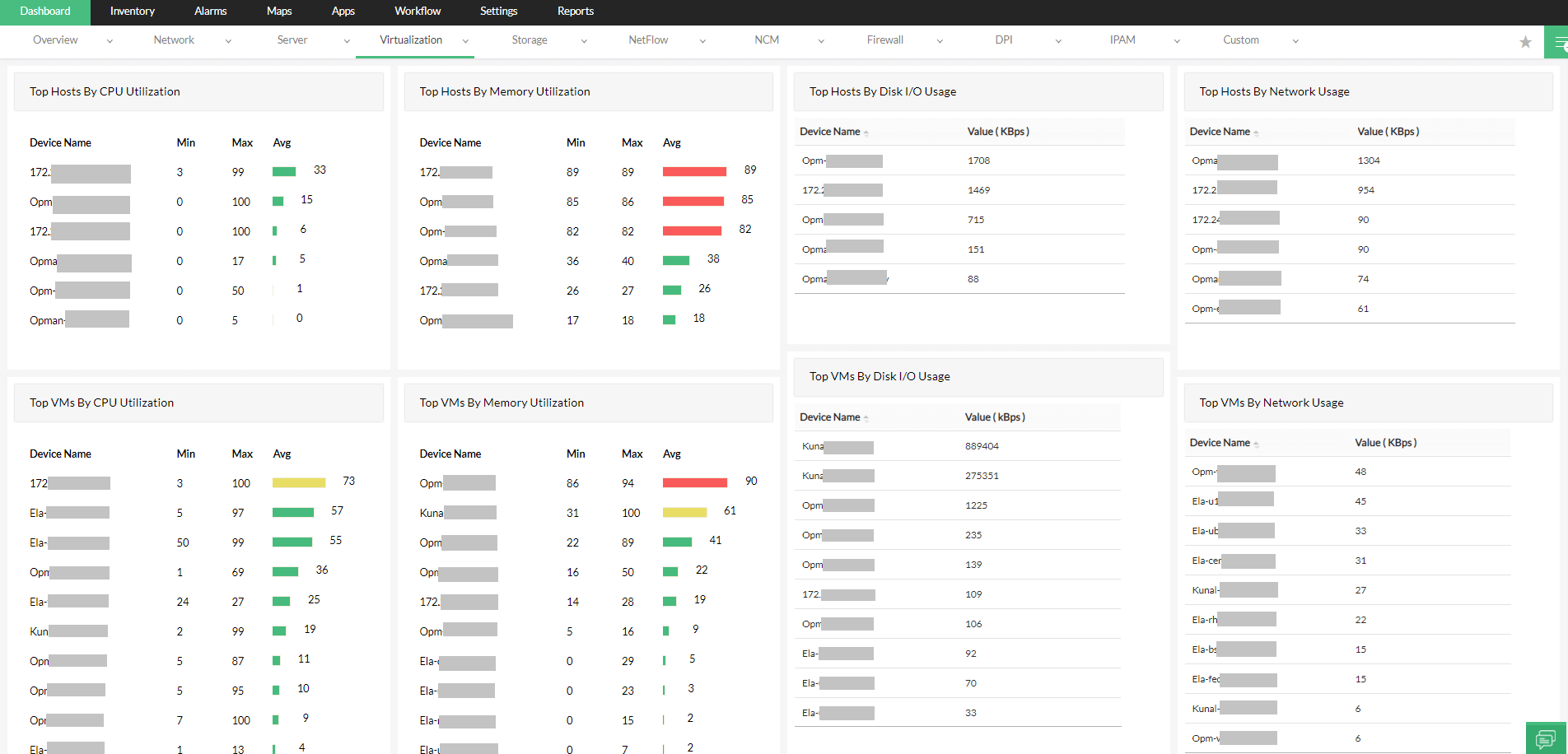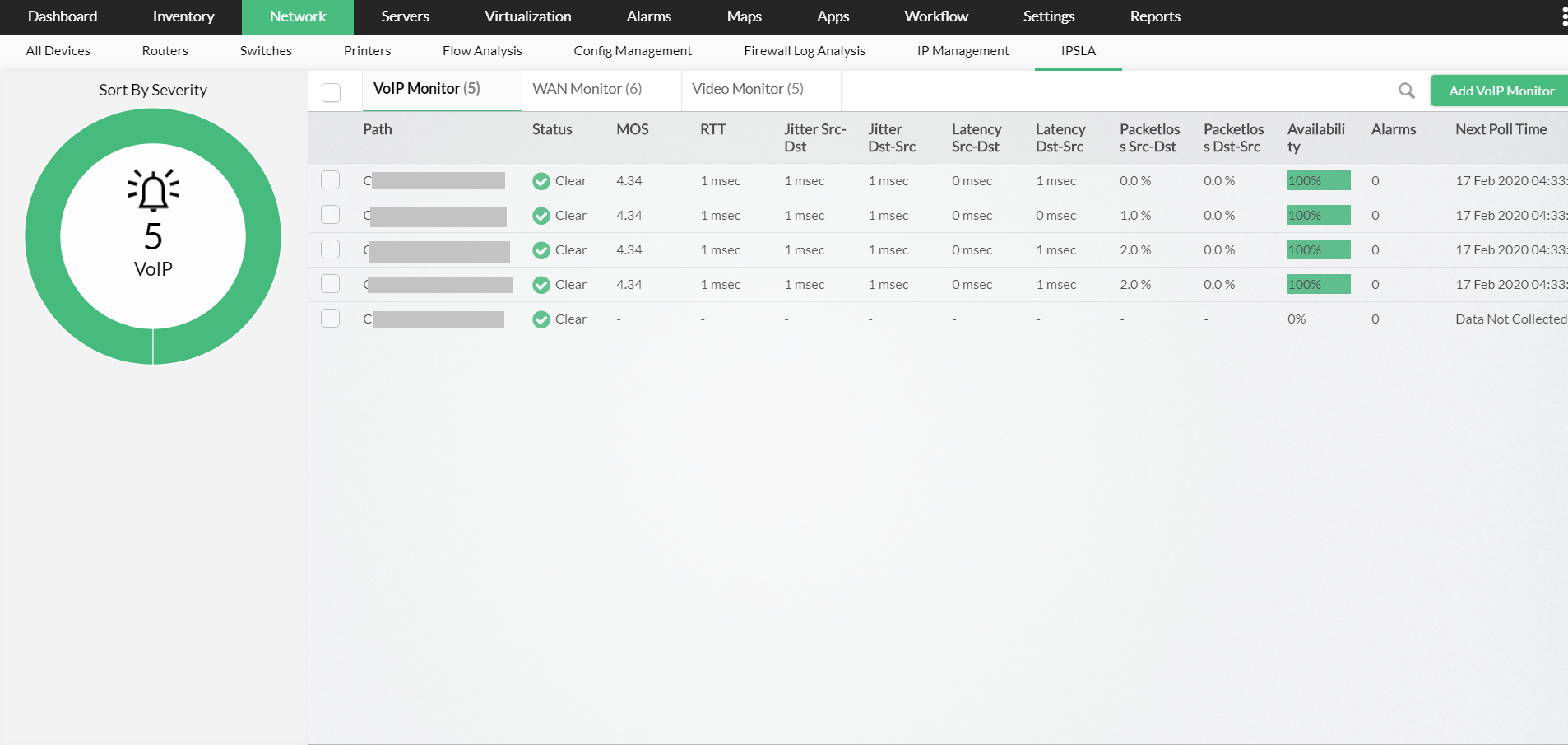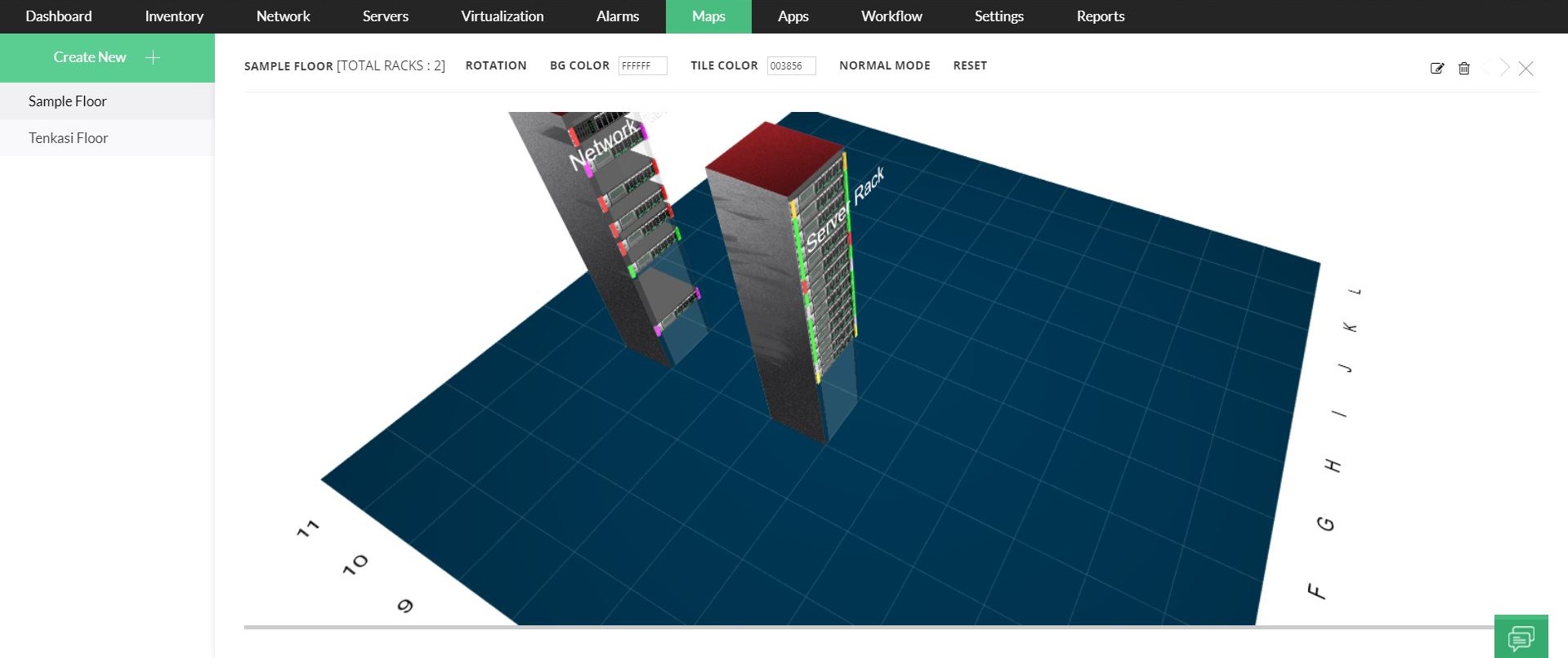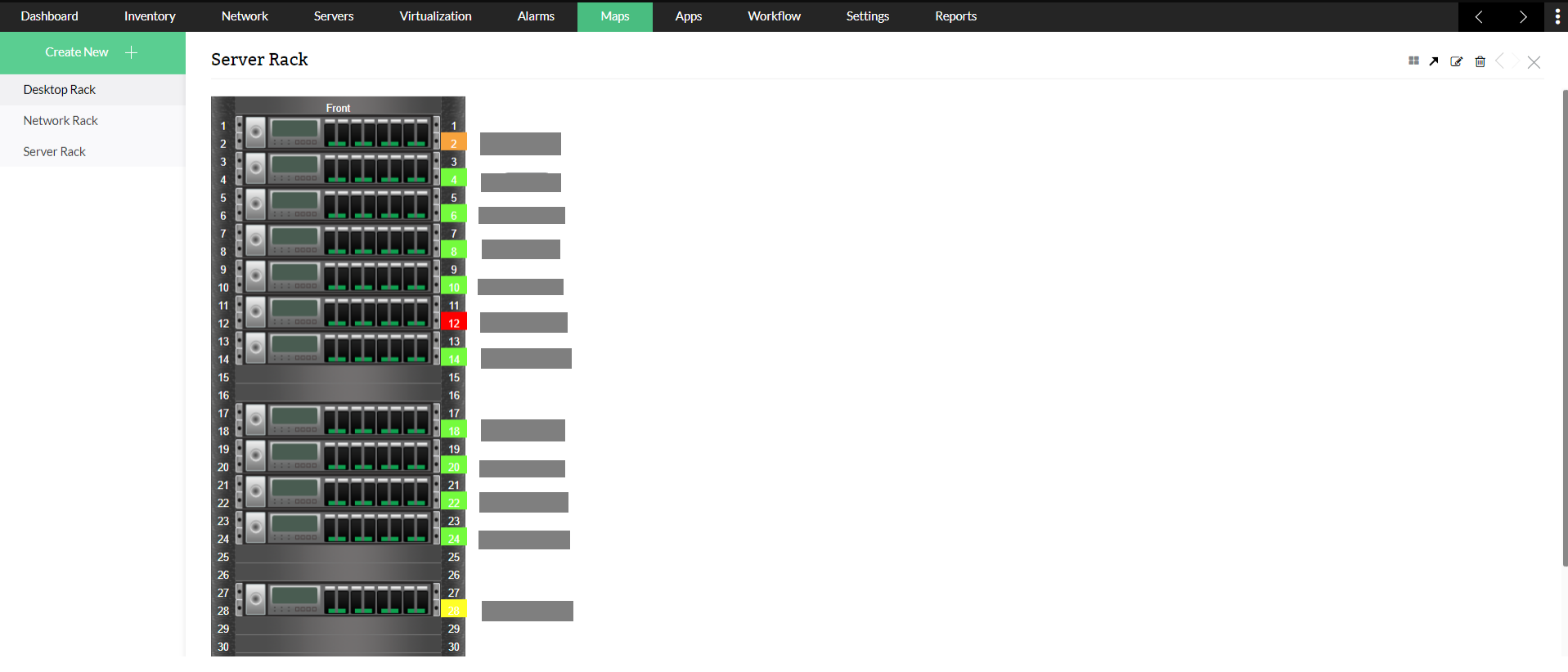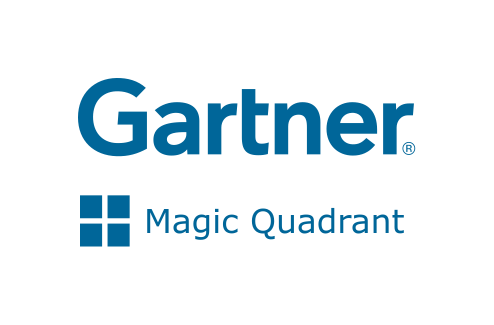Servers are devices which connect to other devices to provide services. The other devices are known as clients, and this setup is known as the client-server model.
Services offered by servers include storing data, hosting websites, running applications, relaying information, and performing computations. Any device that offers services to clients that make requests can act as a server, but large IT organizations usually have specialized server devices which have sturdier hardware and software to operate reliably over extended periods of time and handle large loads.
Since most server operations directly impact end users, server performance issues need to be identified and fixed without any delay. This places server management among the most important functions of network monitoring.





